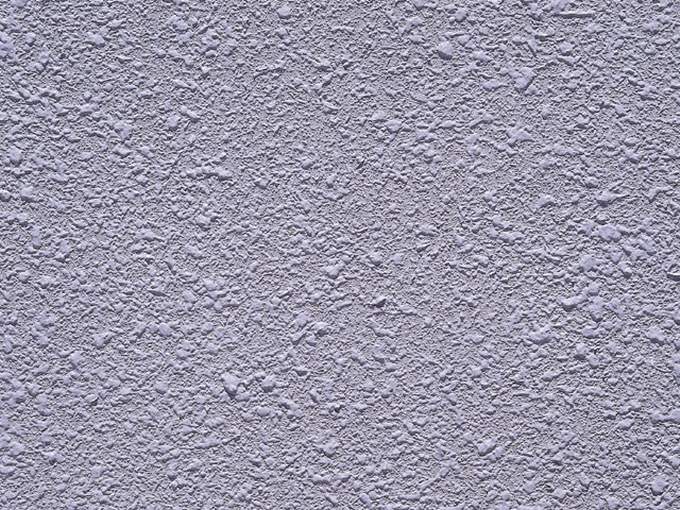You will need
- - decorative plaster
- - spatula
- - poluterok
- - primer
- - various cushions
- - brush
- - fabric
- paper
- - p/e film
- stencil
- - sponge
Instruction
1
Before applying any plaster on the wall , perform preparatory work.
Clean the wall from the previous coverage. All large cracks and potholes zashpaklyuyte. Over the walls with a primer of deep penetration in order to dry them, improving the adhesion of plaster to the surface. The primer or apply with a roller, and in hard to reach areas use a brush. Under textured plaster wall coating optional finishing putty.
Clean the wall from the previous coverage. All large cracks and potholes zashpaklyuyte. Over the walls with a primer of deep penetration in order to dry them, improving the adhesion of plaster to the surface. The primer or apply with a roller, and in hard to reach areas use a brush. Under textured plaster wall coating optional finishing putty.
2
Apply on prepared wall first a thin layer of plaster. This can be done by trowel, roller or trowel. Milkfactory plaster applied with a spray gun. Distribute the plaster evenly over the entire surface of the wall. Seal it with trowel. Let dry the first layer.Upon further application of possible options, depending on your skills, knowledge and imagination.
3
For spraying the second layer of plaster head in one hand and a broom in your other hand stick. Dip the broom in the plaster mix. Then hit the handle of the broom on a stick so that the spray was flying at the wall. Hold the stick at a distance of 20 cm from the wall. On the wall to get flakes of plaster, which can be often rare, large and small. This method looks spectacular when using stucco of different colors.
4
Apply with a trowel a second layer of plaster. Crumple in hand a piece of p/e film or paper. Apply the pressed tampon to fresh plaster, getting a pattern on the surface of the wall. Periodically take a new piece of film or paper to increase the picture remained clear.Take a piece of cloth into a bundle and press the raw plaster. On the wall of fingerprints.
5
Attach the stencil on the dried wall. Apply with a trowel a second layer of plaster within the stencil. You have on the wall will remain well defined pattern. Stencil you can cut yourself or ordered from the designer.
6
For the processing of textured plaster, there are special rollers. The surface of the bead may be large or small cells. On the shaft may be attached swabs, or applied design pattern. Laminate roller on the fresh plaster to obtain a patterned surface.
7
Tamponiruut the top layer of plaster, a natural sponge or a brush with a short NAP. Depending on the tool on the surface of the wall will appear accidental bumps or streaks.
Note
To enhance the appearance and protect the surface of the plaster cover varnish finish. But this reduces the water vapor permeability of the walls.
If your walls periodically cracks, the plaster has the necessary elasticity to hide small cracks on the surface.
If your walls periodically cracks, the plaster has the necessary elasticity to hide small cracks on the surface.
Useful advice
Classic Venetian plaster is not only a complicated structure but also a well-defined technique of application. The coating consists of many thin plaster layers, arranged so that the incident light gives the picture depth. Applying Venetian plaster is best left to a professional.
